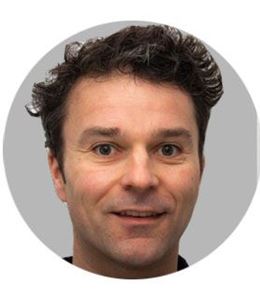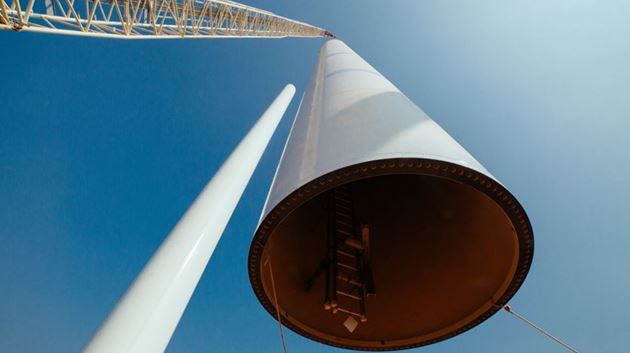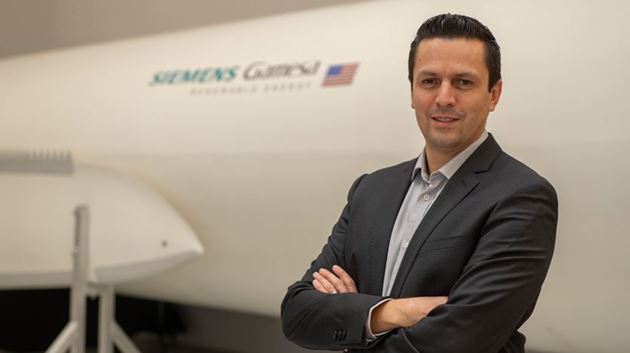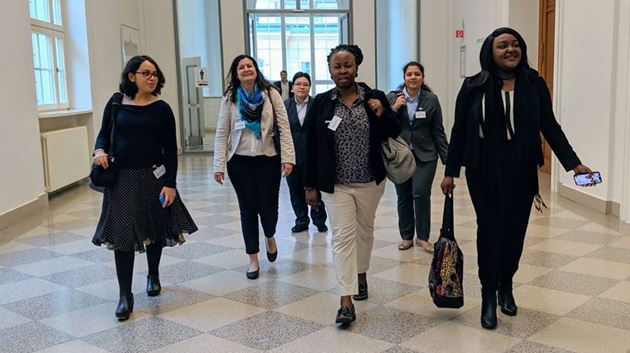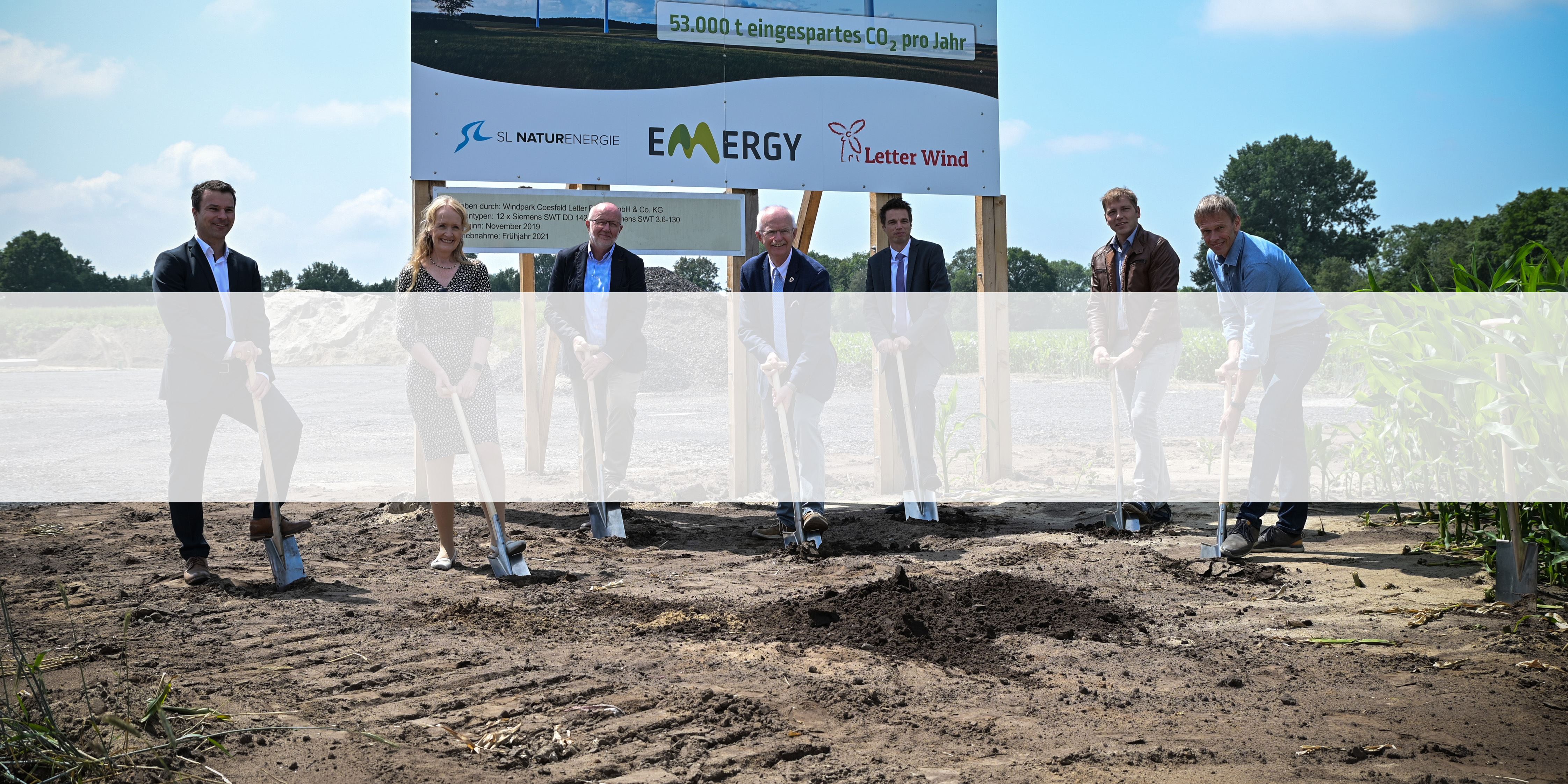
Collaborative, local wind park for all
Germany’s Coesfeld shines as example in energy transition
Old farms, fields and small woods adorn the Munsterland region. And right in the middle of them lies the farm of the Peter family, who have been farming here for generations. "For centuries we have lived from what nature gives us," says Johannes Peter in summer on a construction site in the middle of a cornfield. Behind him is one of 13 foundations for one of the largest wind farms currently being built in North Rhine-Westphalia. "In this case, nature is giving us the wind. We have the land and the demand for renewable energy is constantly increasing, so it would be sinful not to harvest the wind."
The Coesfeld Letter Bruch wind park with its 13 turbines and a capacity of over 50 MW is almost a giant by German standards. But more impressive than its size is the cooperation on site. All partners pull together and make Coesfeld a beacon project that shows how regional value creation can be built up locally and how the climate can be protected. The local people benefit from wind power and welcome it in their backyard. Unlike so many other wind energy projects in Germany, the wind park has not witnessed any protests.
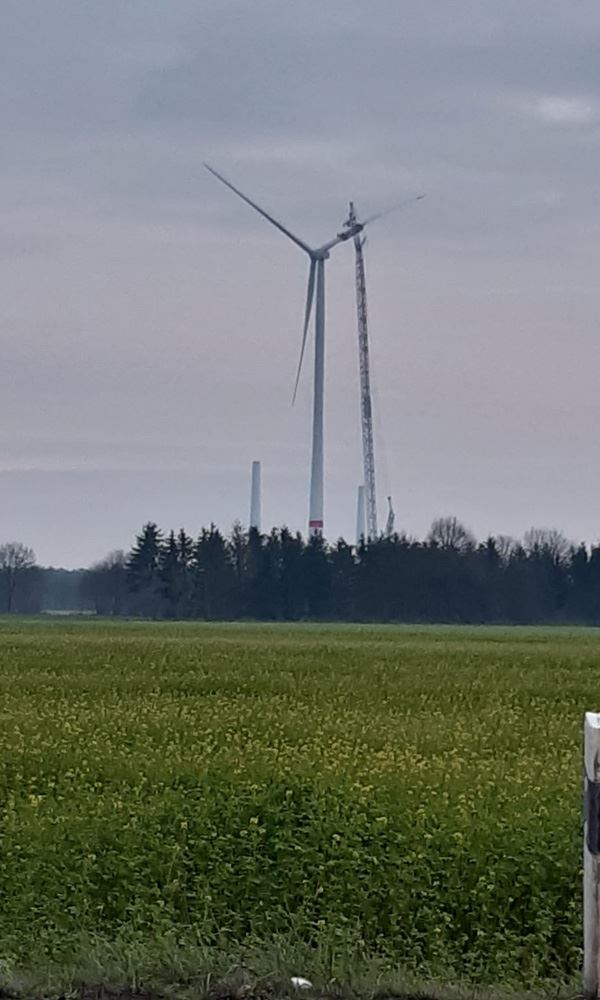
Together they turned to SL Naturenergie. The company founded by Klaus Schulze Langenhorst - himself a native of Munsterland - expanded the idea into a citizen energy project for all Coesfelder. "Wind turbines are too often perceived by people as foreign bodies. You have to find a way to communicate to them that the turbines belong to them, to their community. Because they create value in the town and in the neighborhood, the people there should also benefit from them," explains SL-Naturenergie Co-Managing Director Milan Nitzschke. Local residents in Coesfeld can participate with a total of five million euros. The minimum investment is 500 euros, the maximum investment is 25,000 euros. The participation (technically speaking a subordinated loan) is subject to an annual interest rate of six percent for up to 20 years. The interest is enormous, assures Nitzschke. The first tranche of 2.5 million was granted within a few weeks. The second will follow in Spring 2021.
For Emergy Ron Keßeler, Managing Director of Emergy, the participation was almost a logical step: "We can do something regional that is sustainable and have economic success with it.” Since 2019, electricity providers have been able to add a regional certificate to their products in addition to the proof of origin - meaning the type of generation. In concrete terms, this means that as soon as the wind farm starts operating, Keßeler will be able to sell electricity from the neighborhood to the people of Coesfeld. For Emergy, this is a competitive advantage over supra-regional competitors without local roots.
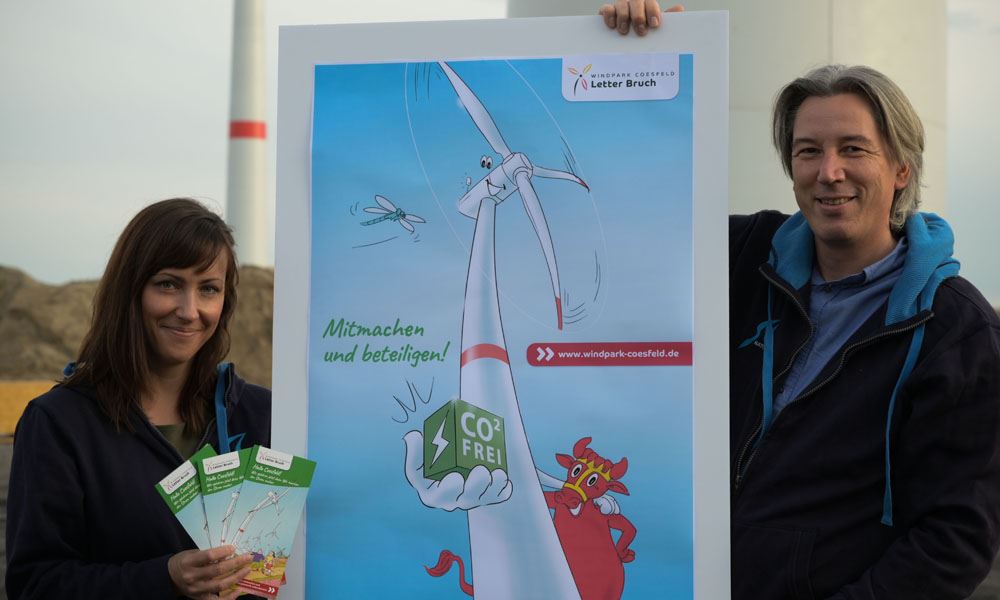
Milan Nitzschke can only agree with this: "The wind farm is something that belongs to the municipality of Coesfeld in every respect. The success of the project even radiates beyond Coesfeld and other communities have already asked whether wind farms are possible in their region”, he reports. "We are changing perceptions. The wind farm is not something that comes from outside, but something that communities and citizens would like to have.” For SL Naturenergie’s founder Schulze-Langenhorst, the recipe for success consists of down-to-earthness and reliability: "We know every corner here and we know the people. Ever since the foundation 20 years ago, the company has been developing its projects exclusively on its own doorstep in North Rhine-Westphalia.
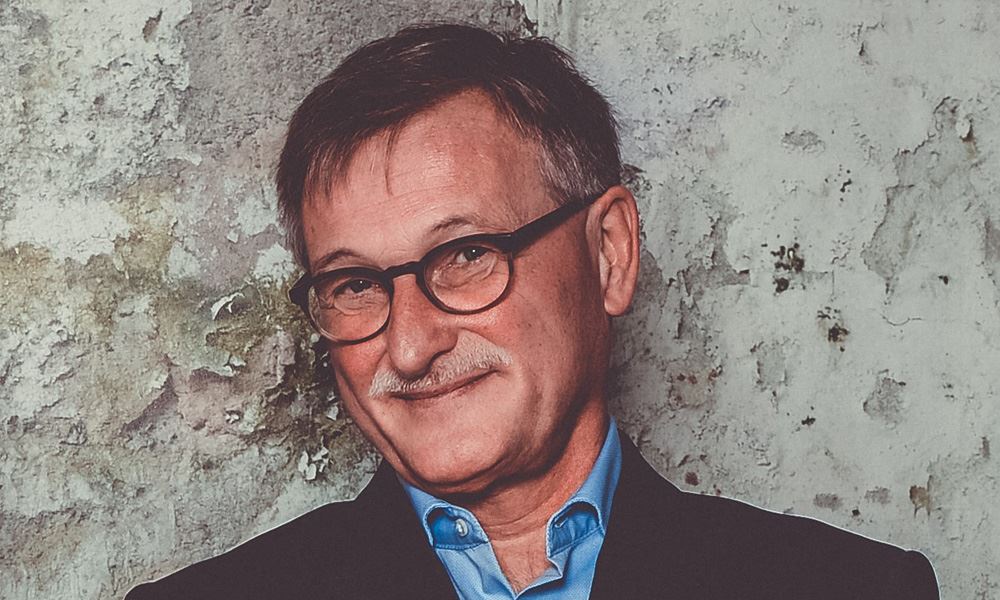
Thomas Bergmann, who is in charge of the project at Siemens Gamesa, is not only pleased about the euphoria on site. Under his aegis, an innovative project setup was developed, which is being used in Coesfeld for the first time.
SL Naturenergie buys the hybrid towers and foundations directly from the specialists of Max Bögl AG and also takes over the project management for the installation of the concrete components.
"Together with our partners, we look for customized solutions for each project. The new division of labour between SL Naturenergie, Max Bögl and us will increase the profitability of the wind park," explains Bergmann and sums up: "Strong partners and good cooperation are the key to success in order to protect the climate and involve the local people economically. Coesfeld is a prime example of this in every respect."
Strong partners and good cooperation are the key to success in order to protect the climate and involve the local people economically. Coesfeld is a prime example of this in every respect.
